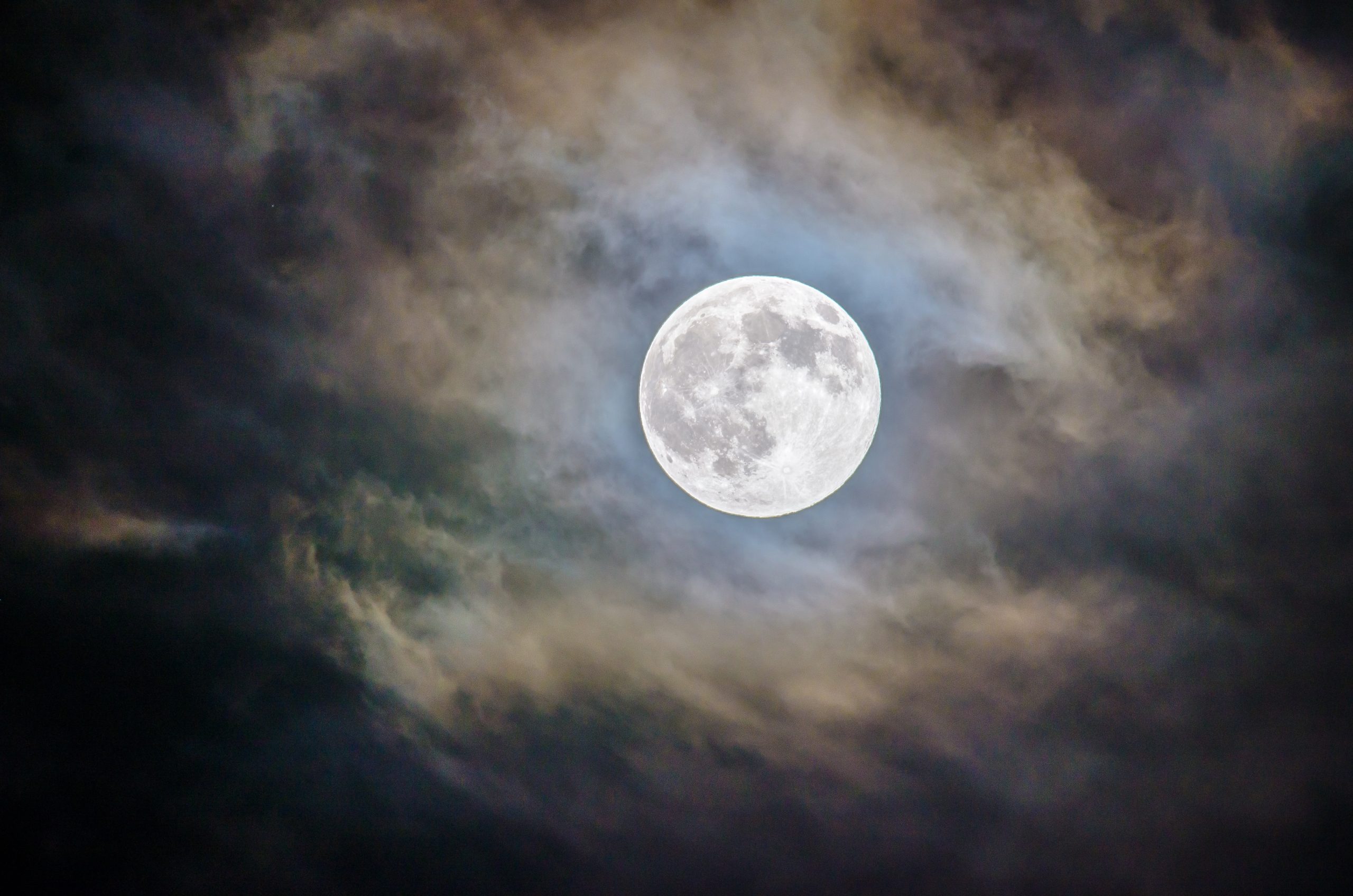What Does Water Symbolize in “The Great Gatsby”
Water, both literally and symbolically, plays a significant role in F. Scott Fitzgerald’s masterpiece, “The Great Gatsby.” Throughout the novel, water is used as a recurring motif to represent various themes and emotions, adding depth and complexity to the story. In this blog post, we will explore the multiple symbolisms of water in “The Great Gatsby” and their implications on the characters and the overall narrative.
The Green Light and the “Eyes of Dr. T. J. Eckleburg”
One of the most prominent instances where water is utilized symbolically is in the connection between the green light at the end of Daisy’s dock and the “eyes of Dr. T. J. Eckleburg” painted on a billboard in the Valley of Ashes. Together, these symbols represent the illusory nature of the American Dream and the corruption that lies beneath it.
The green light, situated across the Sound from Gatsby’s mansion, represents Gatsby’s aspirations and desires to recreate the past and be reunited with Daisy. The water that separates Gatsby from reaching this light signifies the vast divide between dreams and reality. Just as water is fluid and ever-changing, Gatsby’s perception of his dreams is malleable and subject to constant transformation.
On the other hand, the “eyes of Dr. T. J. Eckleburg” symbolize the omniscient presence that watches over the characters throughout the novel. The eyes, positioned on a billboard that overlooks the Valley of Ashes, portray the empty and decaying world of the working class. The ash-colored dust, a byproduct of industrialization, contrasts sharply with the blue of the water glimpsed beyond the careless eyes. This juxtaposition emphasizes the stark divide between the wealthy and the impoverished, as well as the illusion of hope that lies within the liquid surface.
The Symbolism of Rain
Rain, a recurring element throughout “The Great Gatsby,” carries its own symbolism in the narrative. It reflects both the emotions of the characters and the aspects of fate that shape their lives.
At crucial moments in the story, rain appears to heighten the tension and signify pivotal events. For example, the intense rainstorm that occurs during Tom and Daisy’s lunch at the Buchanan mansion masks their underlying tensions and Daisy’s tears for her lost love, Gatsby.
Furthermore, rain is often associated with a sense of cleansing or renewal. After the climactic moment of Myrtle’s death, Nick observes, “The next day was broiling, almost the last, certainly the warmest, of the summer” (Fitzgerald, 141). This change in weather indicates a fresh start, as if the rain has washed away the sins committed and offers a chance for redemption.
The Presence of Water During Gatsby’s Parties
Gatsby’s extravagant parties, renowned for their excess and indulgence, often include water-themed decorations and activities. These elements, while seemingly insignificant, reveal deeper insights into Gatsby’s character and his longing for a sense of belonging.
Water is visible in the form of fountains, reflecting pools, and elaborate swimming pools within Gatsby’s estate. These luxurious water features denote Gatsby’s desire to create an idealized world, far removed from the reality of his past. The lavish displays of water demonstrate his longing for acceptance by the upper class, as well as his attempts to recreate the opulence and grandeur of a world he seeks to be a part of.
The Valley of Ashes and Water
In the desolate and decaying setting of the Valley of Ashes, where the impoverished reside, water serves as a stark contrast. The industrial waste that creates this ashen landscape signifies the corruption of the American Dream and the disillusionment of those who strive for it.
The few water-related elements found in the Valley of Ashes are tainted. The river that flows through this area is described as “ash gray” and “menacing” (Fitzgerald, 23). This polluted and lifeless body of water reveals the destructive consequences of unregulated industrialization and serves as a reminder of the vast disparities between social classes within American society.
The Tragic Significance of the Pool
The pool at Gatsby’s mansion showcases the allure and the ultimate tragedy of his pursuit of wealth and his desire to possess Daisy. It is within this pool that Gatsby’s life abruptly ends, highlighting the harsh reality that even when surrounded by luxury and success, one’s desires can lead to their downfall.
The pool is a focal point of Gatsby’s parties, where guests frolic and engage in carefree activities. This representation of youth and vitality stands in stark contrast to Gatsby’s inner loneliness and desperation. The pool, though beautiful and inviting, becomes a symbol of the sacrifices Gatsby makes in his quest for wealth and success.
In conclusion, water in “The Great Gatsby” is a multi-dimensional symbol that represents various themes and emotions. From the illusory nature of the American Dream to the stark divisions between social classes, water serves as a powerful metaphor throughout the novel. By delving into the symbolism of water in “The Great Gatsby,” readers gain a deeper understanding of the characters, their desires, and the underlying themes Fitzgerald explores.
Table of Contents
